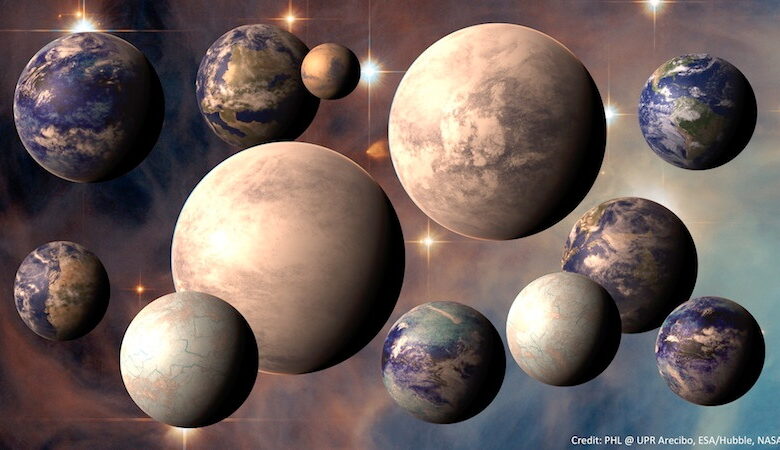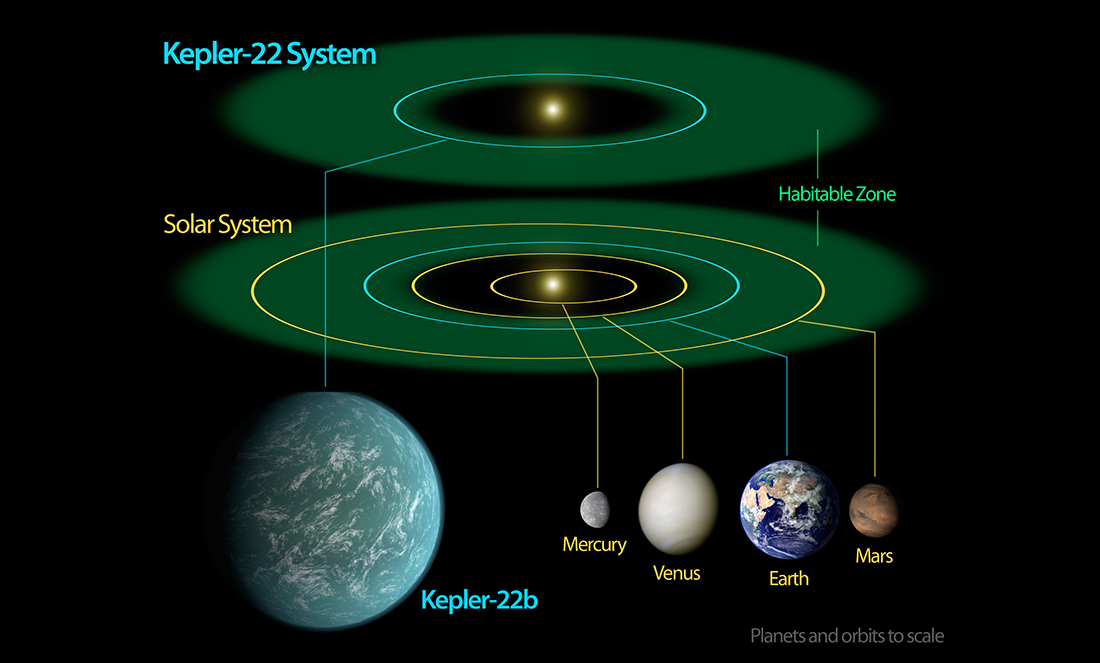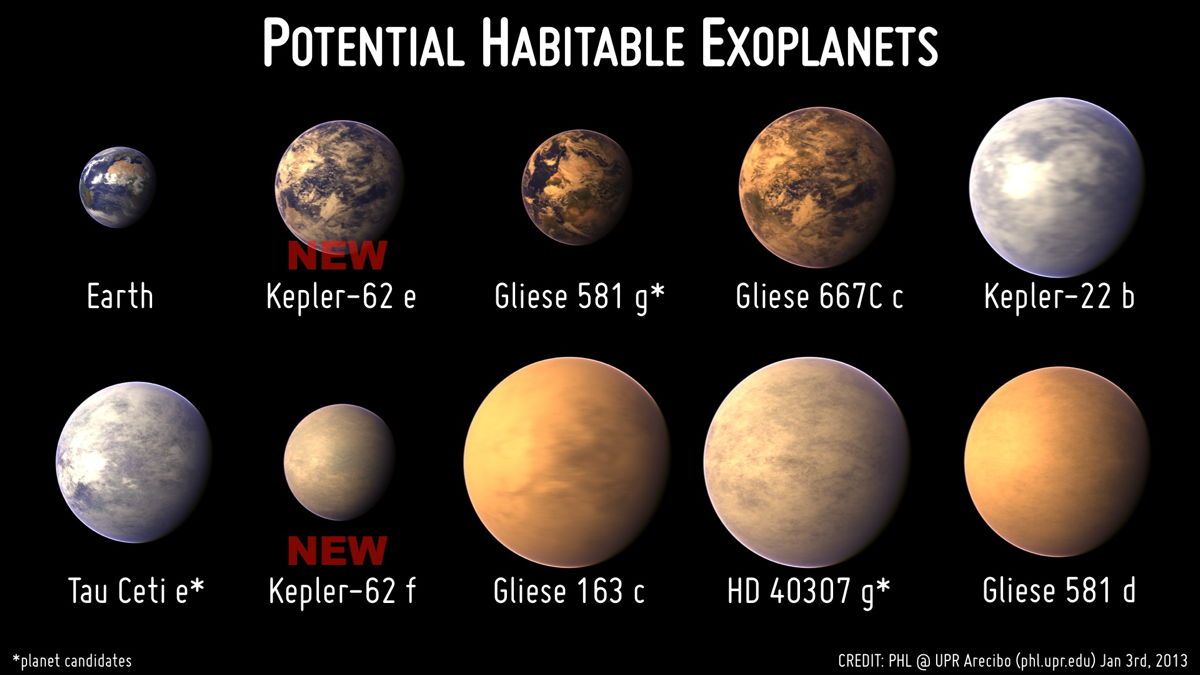Search For Alien Life: The Most Likely Places Within Our Solar System

News Mania desk/Agnibeena Ghosh/14th May 2024
In the quest to uncover the mysteries of the cosmos, astronomers are not only scanning distant galaxies for signs of life but also turning their gaze closer to home, within our very own solar system. As our understanding of neighboring worlds grows, so does the realization that these celestial bodies might be more dynamic and habitable than previously thought. If life exists beyond Earth within our solar system, it could be lurking on one of these intriguing celestial bodies.
Europa, Jupiter’s fourth-largest moon, stands out as one of the most promising candidates for hosting extraterrestrial life. With an estimated subsurface ocean containing more water than Earth’s oceans combined, Europa offers a tantalizing environment for potential life forms. While its surface is encased in a thick layer of ice, hydrothermal vents at the ocean floor could provide the necessary energy sources to support life, akin to similar environments on Earth’s ocean floor.

Mars, often dubbed the “Red Planet,” continues to captivate scientists with the possibility of harboring life. Recent discoveries confirming the presence of liquid water on Mars have reignited discussions about the planet’s habitability. The upcoming launch of a new rover aims to explore Martian terrain further, potentially shedding light on environments conducive to life. Speculations suggest that briny water within Martian craters could serve as habitats for microbial life, offering hope for future exploration missions.
Enceladus, one of Saturn’s moons, shares many characteristics with Europa, making it another compelling candidate for hosting alien life. Beneath its icy exterior lies subsurface oceans, likely maintained by hydrothermal activity. Cassini’s flyby through Enceladus’s geysers has provided valuable insights into the moon’s potential habitability, raising intriguing questions about the existence of life within its depths.
Titan, Saturn’s largest moon, presents a unique environment with liquid lakes composed of ethane and methane. Despite its frigid temperatures, chemical interactions on Titan suggest the possibility of exotic forms of life, challenging conventional notions of habitability.

Venus, even within the scorching environment, scientists speculate about the potential for microbial life in its upper atmosphere. Conditions high above the planet’s surface offer a more temperate climate, where water vapor and oxygen exist. Microorganisms could potentially thrive on sulfur dioxide or carbon monoxide, hinting at the resilience of life in extreme environments.
Pluto and its moon Charon was recently explored and has revealed surprising evidence of geological activity, raising intriguing possibilities for subsurface oceans. The gravitational interactions between Pluto and Charon could generate enough heat to sustain liquid reservoirs beneath the surface, providing potential habitats for life forms yet to be discovered.
As our understanding of the solar system evolves, so too does our perception of its potential for hosting life. While the search for extraterrestrial life remains a complex and ongoing endeavor, the exploration of our solar system’s diverse environments offers new avenues for discovery. Whether it’s beneath the icy crust of Europa, within the briny depths of Martian craters, or amidst the geysers of Enceladus, the quest for life beyond Earth continues to inspire scientific exploration and imagination.






